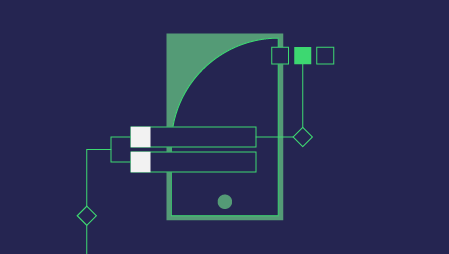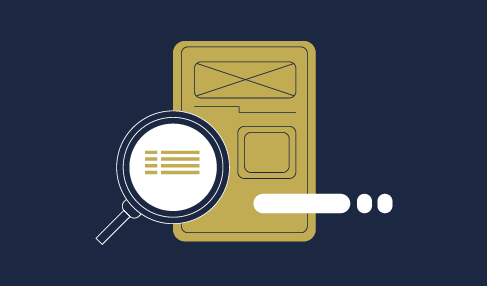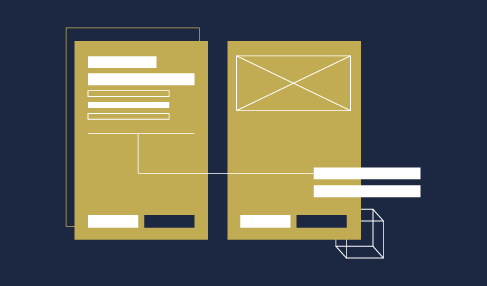Have you ever heard the expression “It’s as easy as A-B-C?”
That’s how easy it should be to apply simple cognitive science principles to a designed user experience. This is true whether you’re applying them ahead of time to design a user experience or applying them after the fact to evaluate a user experience in hopes of improving it.
There are three simple rules to follow.
At first glance, they might seem a little complex, but you can start applying them at a very shallow level. Guiding your practice through these three rules will greatly improve your results.
What are the rules?
Make your website out of glue, not rubber
Do you remember the children’s rhyme that goes: “I am rubber. You are glue. Everything you say bounces off of me and sticks to you.”? A couple of generations of North Americans grew up reciting that in response to an insult.
Most visitors to most websites bounce. That is, most people who land on any given page leave without interacting with it.
Shall I tell you why? It’s no secret. But if you take this to heart, your practice will improve and your bounce rate will drop.
The part of the brain that decides whether you’re on the right page is not the same as the part of the brain that reads or thinks logically. No, it’s much, much faster. In fact, simple visual recognition of complexity happens in about 17 milliseconds, and visual recognition of familiar environment is right behind it at 50 milliseconds. To put that in perspective, it takes you about 400 milliseconds to blink. Reading, or the visual recognition of combinations of letters in words, takes about 270-370 milliseconds.
So, using words to stop people from bouncing is like printing 10pt text on the surface of your trampoline and expecting the jumpers to read a novel in passing.
Don’t interrupt a purchase
Can you imagine trying to pay for a purchase in a store and being told they won’t take your money unless you watch an ad for a credit card first? Ridiculous, right? How would you feel if, when you said you’re in a hurry, they still moved as slowly as they pleased, and pressured you to buy more, or to give them some personal information?
For some reason, most commercial websites do this all the time, and then wonder about abandoned carts and checkouts.
Write the shorter letter
So, we’ve addressed landing and leaving, but what happens in between? Well, that will depend on how you present your content. The best advice for any type of page and any type of content is to “write the shorter letter.”
This phrase comes from a famous letter written to a friend by a famous historical figure. Which one? Well, that depends…. If you’re French, you’d say it was Blaise Pascal, and if you’re German, you might say it was Martin Luther. If you’re American, you might credit Benjamin Franklin or Woodrow Wilson. Truth is Pascal did it first, but all of them wrote the same kind of message.
In each version, the message goes something like this:
“I would have written a shorter letter, but I did not have the time.”
The underlying truism is that communication always involves a balance of effort. A phrase that’s composed off the top of one’s head will take more time to read and understand. On the other hand, a writer who is willing to work at her craft can put together phrases that are easy to understand at a glance.
This is what we should do with websites and other graphic user interfaces too. We should invest more of our time and effort into being understood, so that our users can invest less of theirs in understanding.
So, let’s sum up the three rules like this:
- First, work at making it more likely that potential customers stay long enough to become actual customers.
- Then, make sure that everyone who wants to pay for goods and services can do so as quickly and easily as possible, and without interruption.
- Finally, look at the path between those two points, remove all of the obstacles along it, and make every important stepping-stone easy to find and easy to take.
See? Easy as A-B-C.





